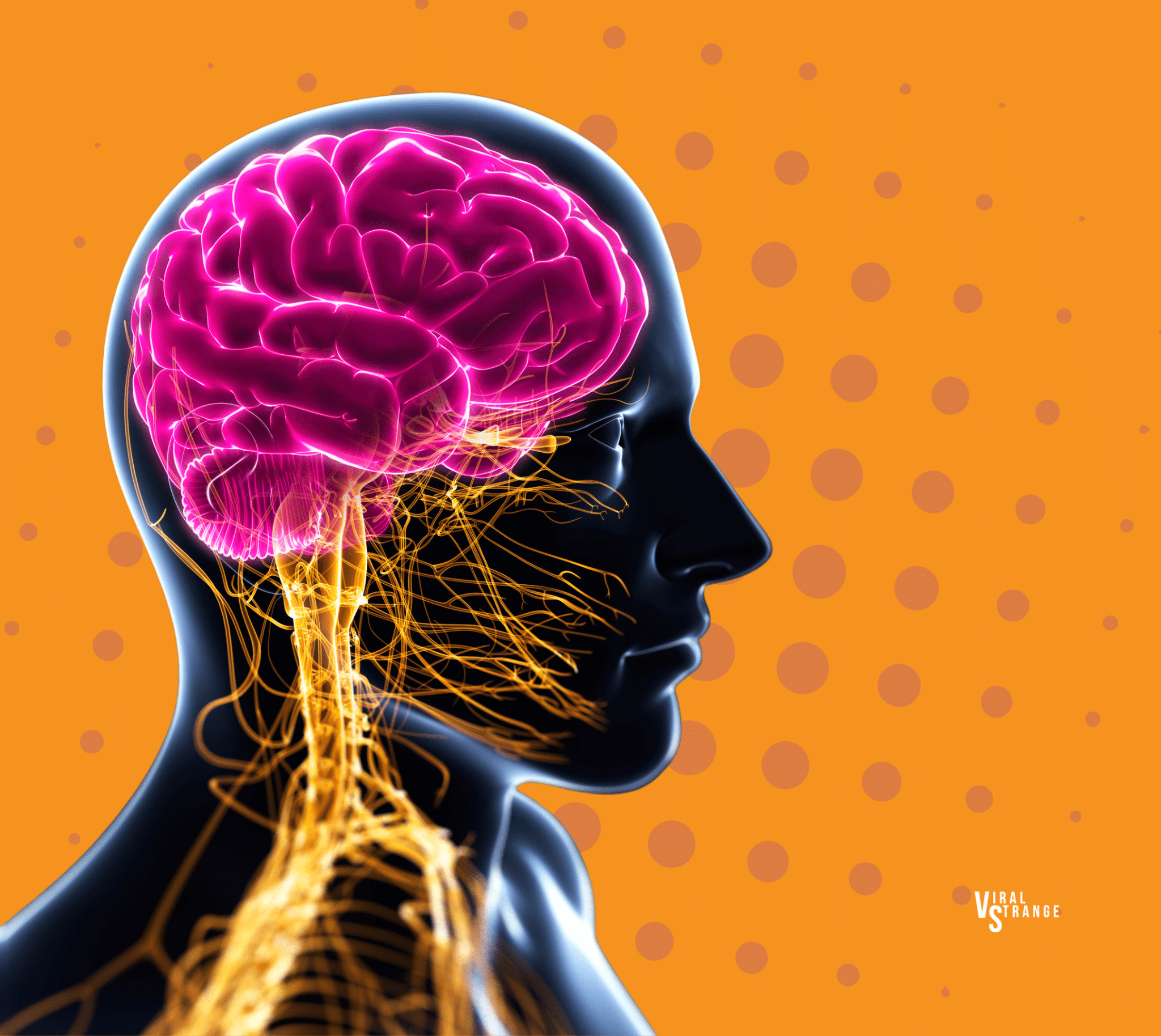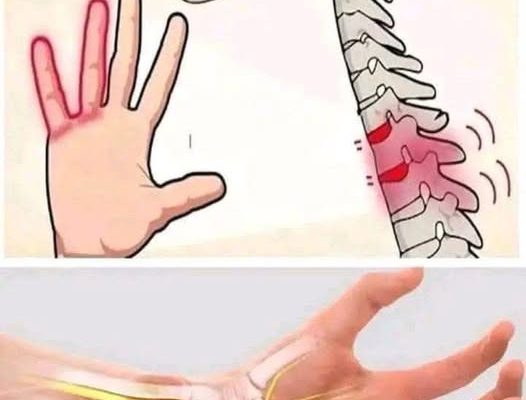The tingling sensation in your body you might feel sometimes (or often) in your hands or legs has an explanation. You know when you stay for a long time sit and then you start walking around, and you feel needles in your legs?
There is no stopping that feeling. However, you can learn to control it or minimize the chances of it happening. Let’s go more in-depth and know about this tingling sensation. *Please, you are advised to see a doctor for further medical advice or examinations.
What is it?

According to the National Institute of Neurological Disorders and Stroke, it is called paresthesia. The sensation of tingling, numbness or even burning can be felt in your hands, feet, legs, or other body parts.

This sensation appears without warning, says a study. It doesn’t cause pain, though, only discomfort.
When does it happen?

We all have happened to experience “pins and needles” once in our lives. It is called transient paresthesia and occurs when we stay in the same position for a long time.

Mostly it happens because the sustained pressure is exerted on a nerve, but it also might occur because of other conditions, such as nerve injury, a herniated disc, etc.
How long does the sensation last?

Paresthesia makes the limb numb but also flexible. The sensitivity is higher and might be spread to other parts of the affected limb.
The sensation goes away quickly after the blood circulates again on the affected nerve. Stretch or massage the numb part to make it go away faster.
What are the consequences of paresthesia?

Some consequences might present themselves when suffering from paresthesia:
- Blood circulation problems
- Adoption of abnormal postures while sleeping
- Difficulty walking or driving
- Increased risk of falling



